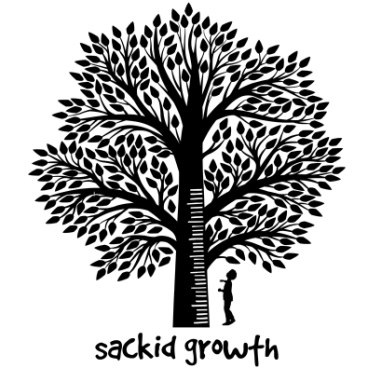Evaluation is a multi step process and starts with your primary care physicianSee your primary care physician when you suspect your child is not growing well
Primary care evaluationPrimary care Growth evaluation process
1. How to use Growth charts: use and interpretation 2. Growth Charts in English and Spanish 3. Bone age X ray - please hand carry for your pediatric endocrinologist appointment
|
Growth hormone Stimulation testIt is done at the Sutter outpatient testing center at Sutter Medical Center, Sacramento, CA
A growth hormone stimulation test is done to find out if the pituitary gland is releasing growth hormone (GH) in the right amounts. The pituitary is a small gland (about the size of a pea) in the brain. It releases hormones that affect growth into the bloodstream. Medicine will be used to stimulate the pituitary gland to release growth hormone into the blood. The medicines used with your child are L-arginine (EL AR jah neen) and:
The Night Before the Test
The test will be done in the Infusion Clinic. This test may take up to 6 hours. Parents are asked to stay with their child during the test. Since we have limited seating, family members other than 2 parents may be asked to sit in the waiting room during the test.
When the test is over, your child may have his or her regular foods. Feel free to bring a snack with you for your child to eat after the test.
|

